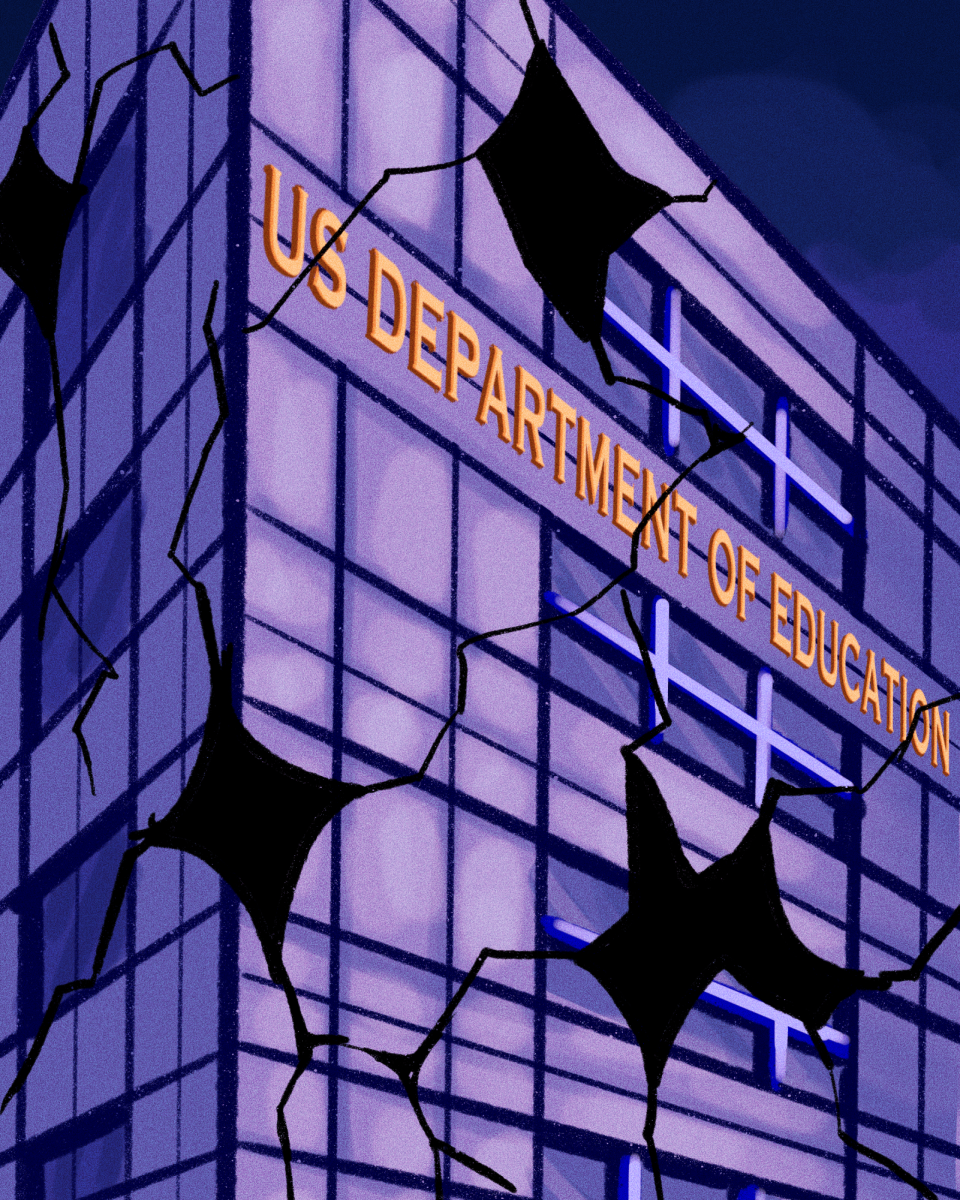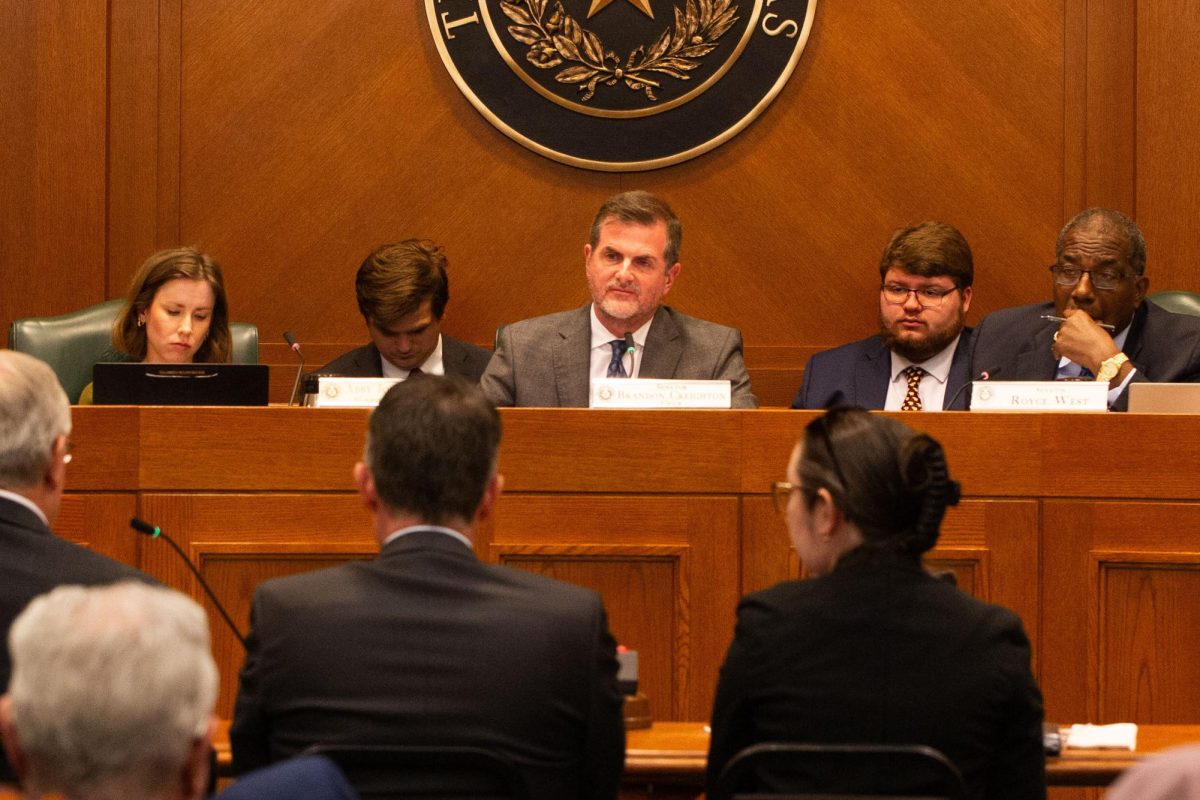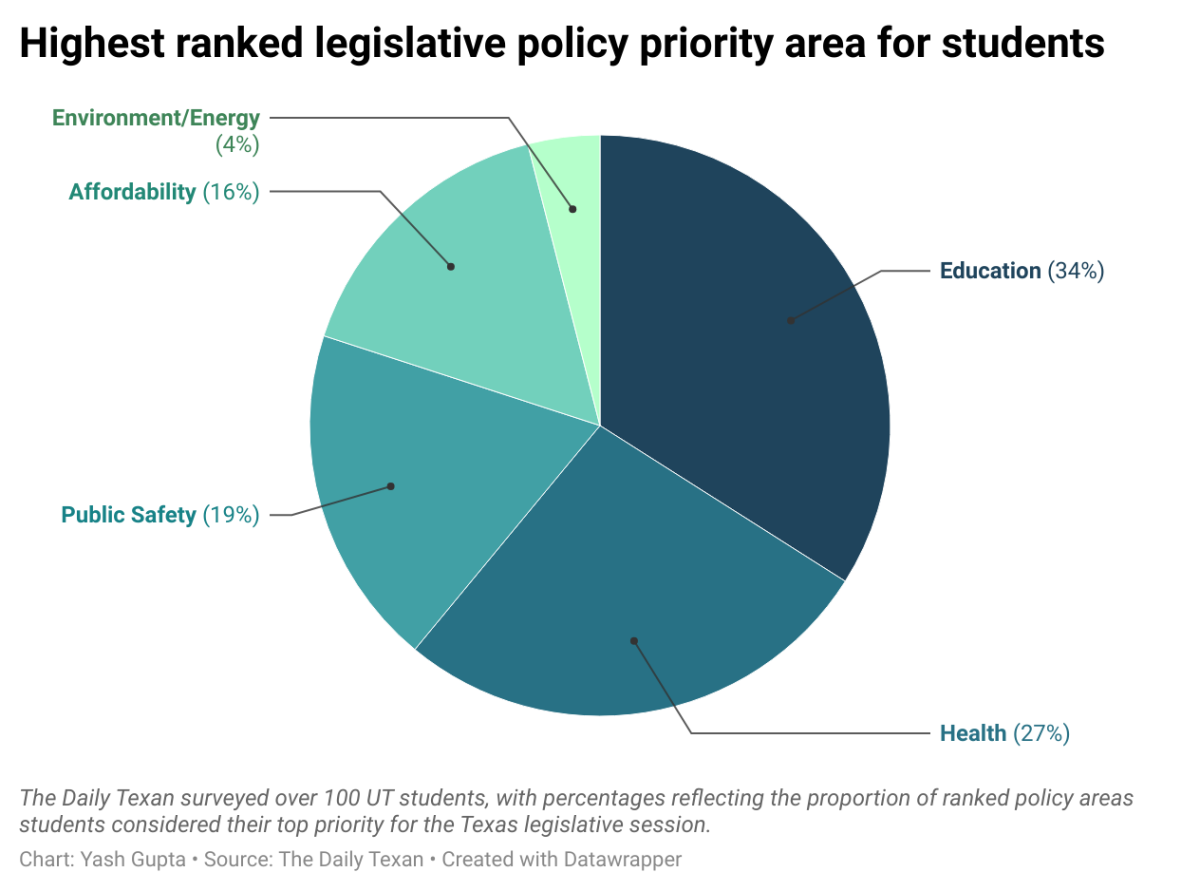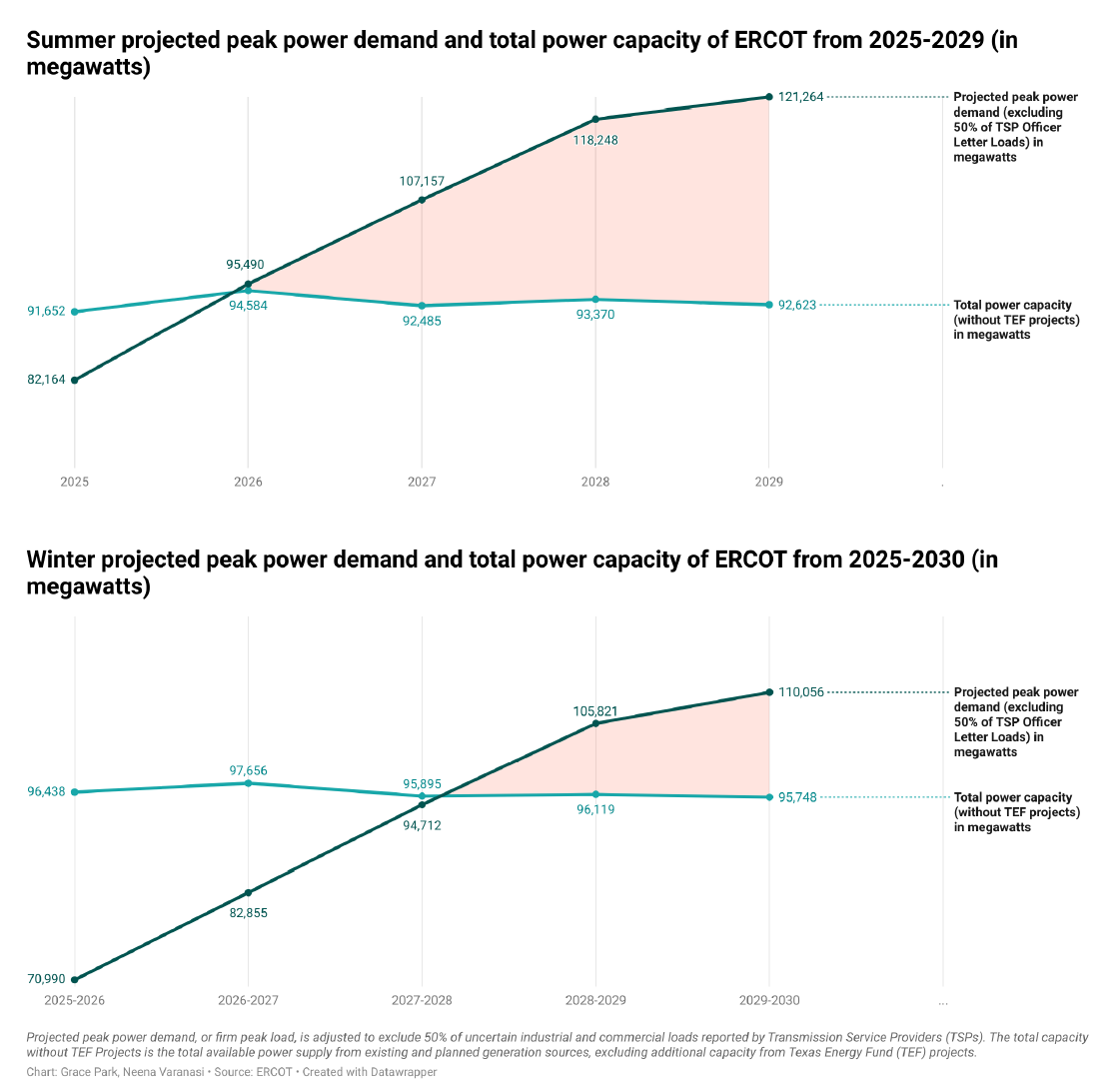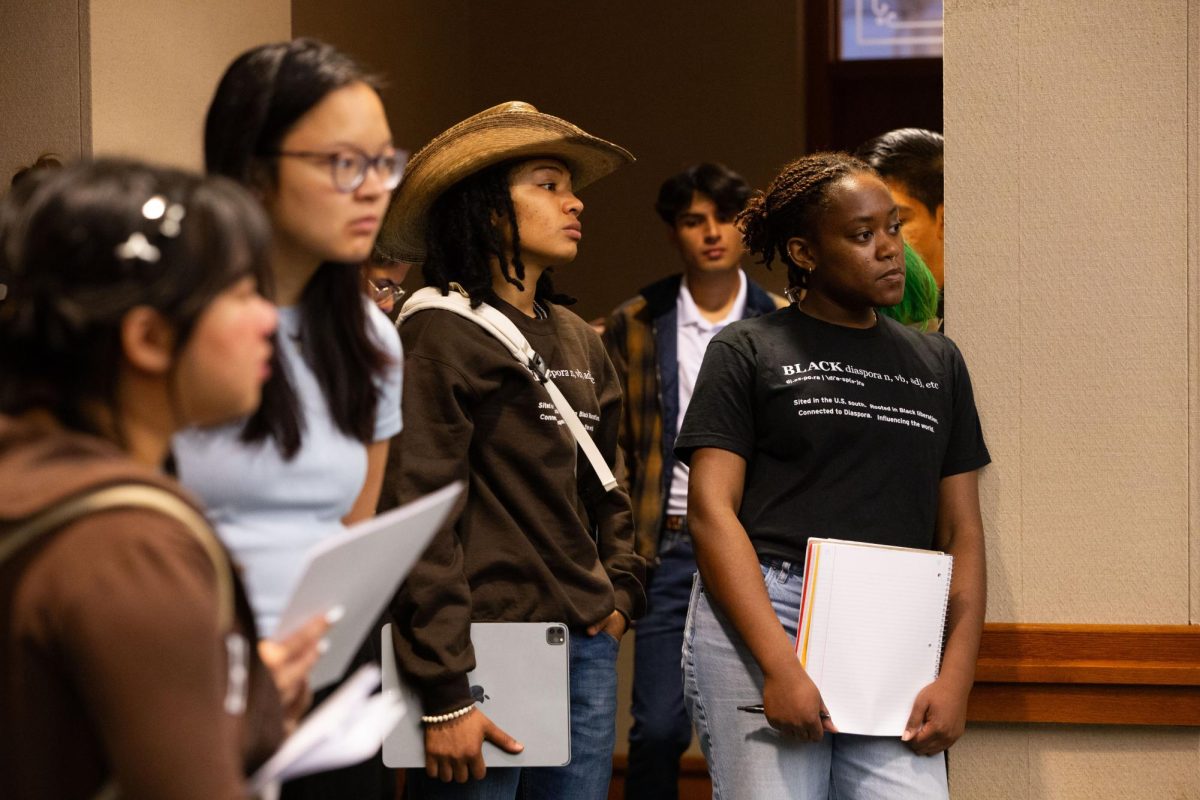As the federal government and Texas Legislature shave millions off their operating budgets, the cost for vital programs and services — including Health and Human Services and the courts — are shifted locally to counties, according to county officials.
County officials representing 189 of Texas’ 254 counties gathered at the Post-Legislative Conference in Austin last week to discuss what happened at the 82nd Texas legislature and what it means as they prepare their budgets for the upcoming fiscal year.
“What the Legislature does trickles down to the county level,” said Paul Sugg, the legislative director for the Texas Association of Counties. “When the Legislature starts cutting programs that they fund, that tends to devolve on [the counties’] backs so we are always worried about what happens at the appropriations process.”
During this session, state legislators cut historic preservation grants by 85 percent, from $9 million to $1.4 million; decreased local library funds by 72 percent, from $35 million to $10 million; and cut all $9 million previously allocated to reintegration programs for offenders, according to a comparison chart on Texas Association of Counties’ website.
The Texas Legislature cut total expenditures by 5 percent from last session. That’s a total of $236 million less in state spending. If county officials decide to continue providing services that were cut by the state legislature, the counties must absorb these costs.
“We have this challenge to continue providing adequate services,” said Travis County Commissioner Ron Davis. “Taxpayers will complain if we cut services. On the other hand, they will complain if I raise taxes. Ultimately, the blame will go on [the county] — it’s really a catch-22.”
Elna Christopher, a spokeswoman for the Texas Association of Counties, said cutting funding to services like the court system is not an option.
“It tends to be discretionary services like libraries or Meals On Wheels that get cut,” Christopher said. “Then again, constituents expect those services, and maybe they’re willing to pay a penny more in taxes to get those services.”
Davis said Travis County is exploring all efficiency and cost-cutting options. Counties rely on property taxes to fund services, so increased costs that are passed down from the state ultimately impact the property taxpayer.
Davis said he doesn’t want to increase the property tax rate in Travis County. The fiscal year begins Oct. 1, and county officials, such as Davis, will have one month to balance the budget. However, their real concern is much further in the future.
“We’re riding this out with an eye forward to 2013,” Sugg said. “I think there is a county consensus out there that the 2013 legislative session is going to be much worse.”
Senator John Cornyn made an appearance at the conference and said he remains optimistic about Texas’ future, citing an average annual job growth of 3.6 percent since 1990, which is markedly higher than the nation’s average of 1 percent.
“The United States is continuing to struggle, and we continue to struggle, but we are blessed to live in a state that’s doing better than the rest of America,” Cornyn said.












